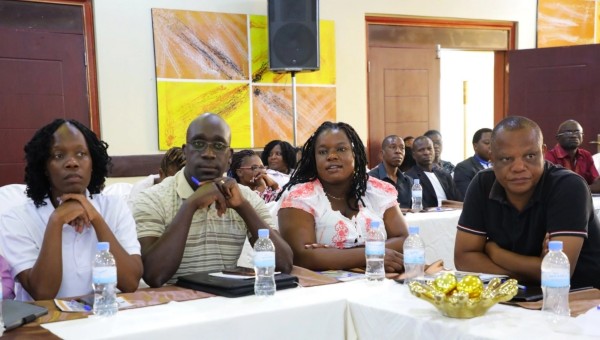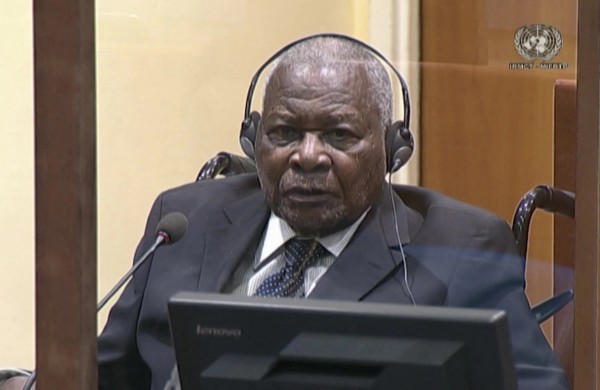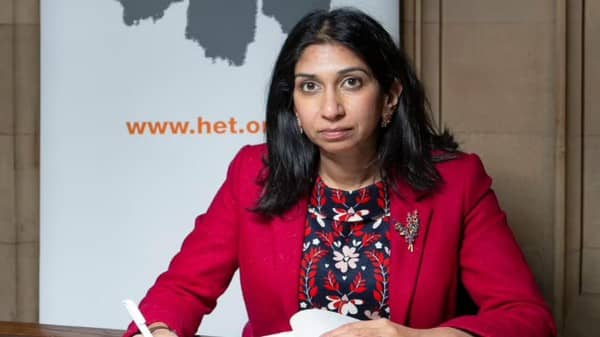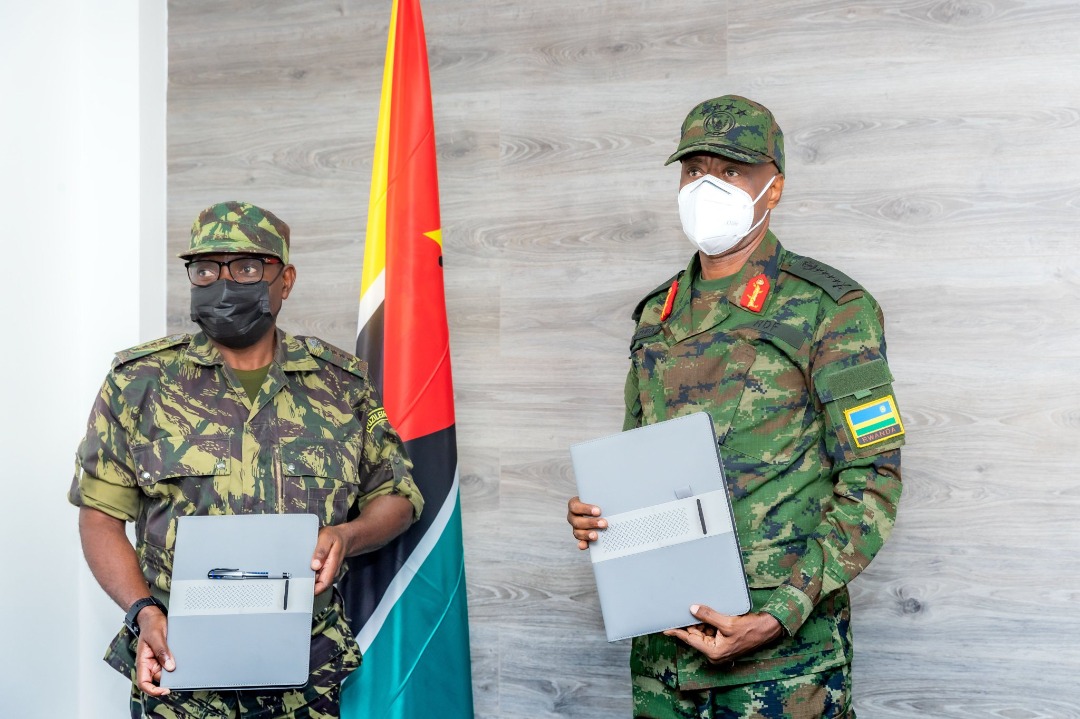International
Nazi fugitives inspired Rwanda's mass murderers to change names, evade justice
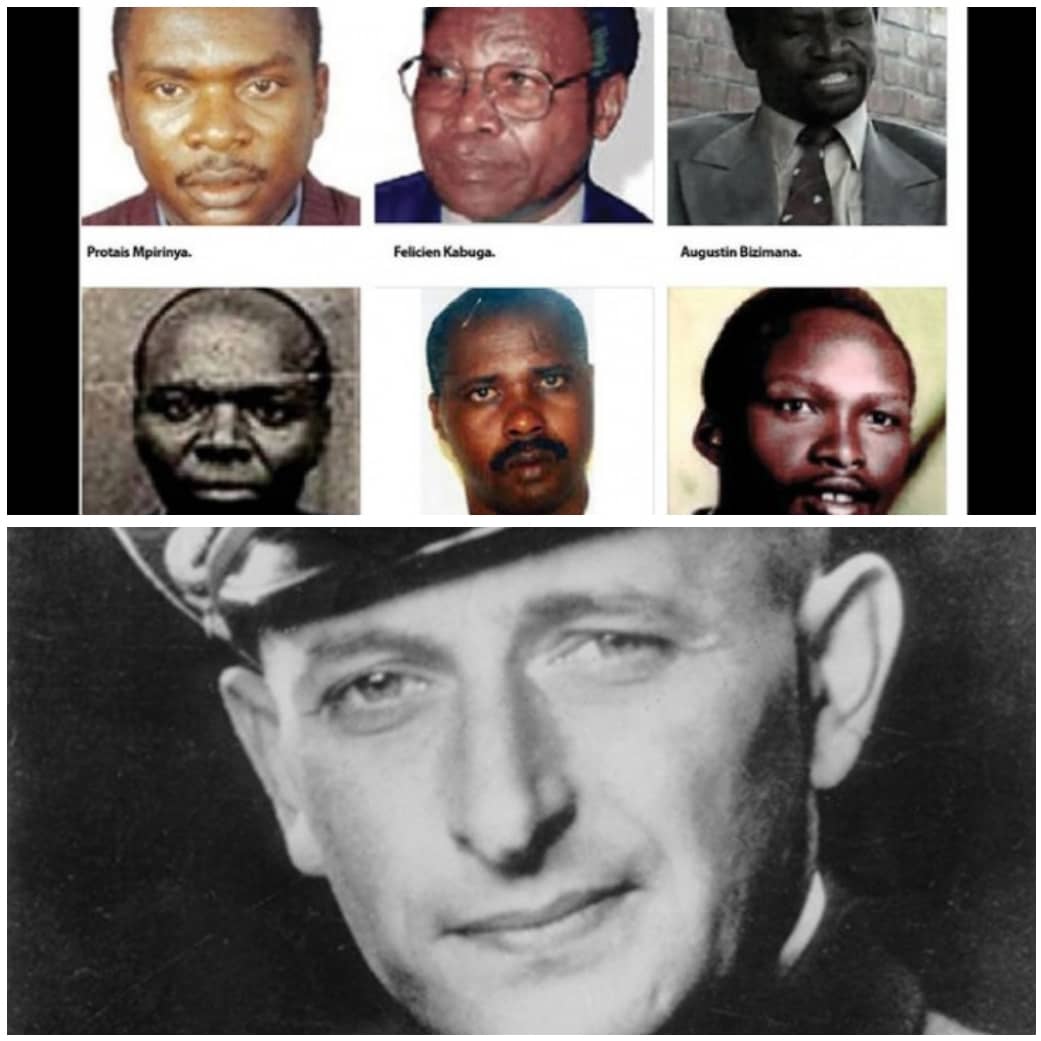
Our
names tell a lot about who we are. The perpetrators of the 1994 Genocide
against the Tutsi who are on the run deliberately changed their identities to
escape. They were inspired by Nazi fugitives hiding in Latin America and other
areas after killing more than six million Jews in Europe.
Nazi
fugitives were able to evade capture by dressing as civilians or enlisted
soldiers, sometimes with forged or stolen identity documents. Those with
adequate funds and false documents could buy passage for almost any destination
around the world. Besides Latin America, some ended up in the US, Canada,
Africa, and even Australia.
One
of them is the notorious Nazi SS Lt Col Adolf Eichmann who masterminded the
transport of European Jews to concentration camps.
In
1945, Eichmann escaped via the ‘ratlines’ to Argentina, settling in Buenos
Aires under the false name of Ricardo Klement. He lived in Argentina, working
as an assembly line foreman at a Mercedes-Benz automotive plant and kept a low
profile in Buenos Aires. Strangely, his wife and children kept their own names,
a decision that resulted in his detection. He was kidnapped in 1960 by Israeli
agents who smuggled him out of the country without the knowledge or cooperation
of the Argentine government. Eichmann was put on trial in Israel, found guilty
of war crimes and hanged in 1962.
Following
the defeat of the Rwandan genocidal government in 1994, top Genocide
masterminds like Felicien Kabuga dispersed around the world. They bribed
government bureaucrats for fake travel documents with fake names as their real
names appeared on Interpol red notices.
When
Kabuga was arrested on May 16, 2020, in his apartment and asked to identify
himself he said his name was Antoine Tunga. The French agent who led the
operation said refused to be duped and that day marked the end of Kabuga’s days
on the run. It is believed that Kabuga was found with seven passports from
different countries and with different identities.
Rwandan
priests who were involved in the Genocide against the Tutsi changed their
identities and continued to serve in European Catholic Parishes.
Athanase
Seromba, the priest who ordered a bulldozer to crush Nyange Church which was
full of more than 2, 000 Tutsi refugees was sentenced to life in prison by ICTR.
Seromba fled Rwanda in July 1994.
Catholic
monks helped him move to Italy, change his name and also helped him work as a
priest for the Catholic Church near the city of Florence, under the alias
Anastasio Sumba Bura.
During
the Genocide against Tutsi, most schools were closed for the Easter holidays.
But students at Marie Merci School in Nyaruguru District had remained to catch
up on lessons they missed when they had gone on strike earlier in February
1994.
About
80 Tutsi students were killed at the nearby College of Arts on May 7. They
ranged in age from 12-20 years. The school belonged to the Catholic Church. On
May 2, 1994, the students were taken by gendarmes, on the orders of their
director, Father Emmanuel Uwayezu, who is currently in service in Italy as a
vicar at a parish in Empoli, a small city about 20 kilometres to the west of
Florence. He has now changed his names to Father Emmanuel Mihigo Wayezu.
Not
only did the genocide fugitives change their names but they also changed
nationality.
The
ICTR transferred the case of Bernard Munyagishari to Rwanda. He was President
of Interahamwe in Gisenyi. He told the Nyarugunga primary court, in Kigali, in
2013, that he is a Congolese and he doesn’t speak Kinyarwanda.
Eight
years later, he surprised the court and pleaded guilty for genocide crimes.
Genocide
fugitive Vincent Bajinya who is in UK changed names to Vincent Brown in London.
The butcher of Nyanza-Butare known as Philippe Hategekimana, alias Biguma, was
called Philippe Hakizimana in DRC. He was later naturalized as a French citizen
as Philippe Manier.
Vincent Bajinya alias Brown together
with other genocide fugitives in the UK, Celestin Mutabaruka, Celestin
Ugirashebuja, Charles Munyaneza, Emmanuel Nteziryayo
Pascal
Simbikangwa, former chief spy, was sentenced to 25 years in prison by a French
court. He previously lived in the Comoros and, in 2005, he moved to Mayotte
under the false identity of Safari Senyamuhara.
Fabien
Neretse, who was found guilty of crimes of genocide and sentenced to 25 years
by a Belgian court lived in Belgium under false names of Fabien Nsabimana.
Another
one, Paul Kanyamihigo, became Paul Camy after being naturalized as a French
citizen.
On
October 16, 2019, the French Supreme Court upheld the life sentences of
Octavien Ngenzi and Tito Barahira. The former lived in Mayotte as Jean Marie
Vianney Ntaganira and Omar Ngenzi when he was in Comoros. While the latter
changed his name to Tito Barahirwa.
All
members of the terrorist FDLR-FOCA militia, from top commander to foot soldiers
and politicians, are required to use other names. Gen Sylvsetre Mudacumura was
known as Bernard Mupenzi while his deputy Brig Gen Gaston Iyamuremye is known
as Rumuli.
Genocide
fugitives should be barred from legally changing their names without special
permission, especially from their country of origin. The restriction on name
changes would make it more difficult for genocide fugitives to evade justice.


